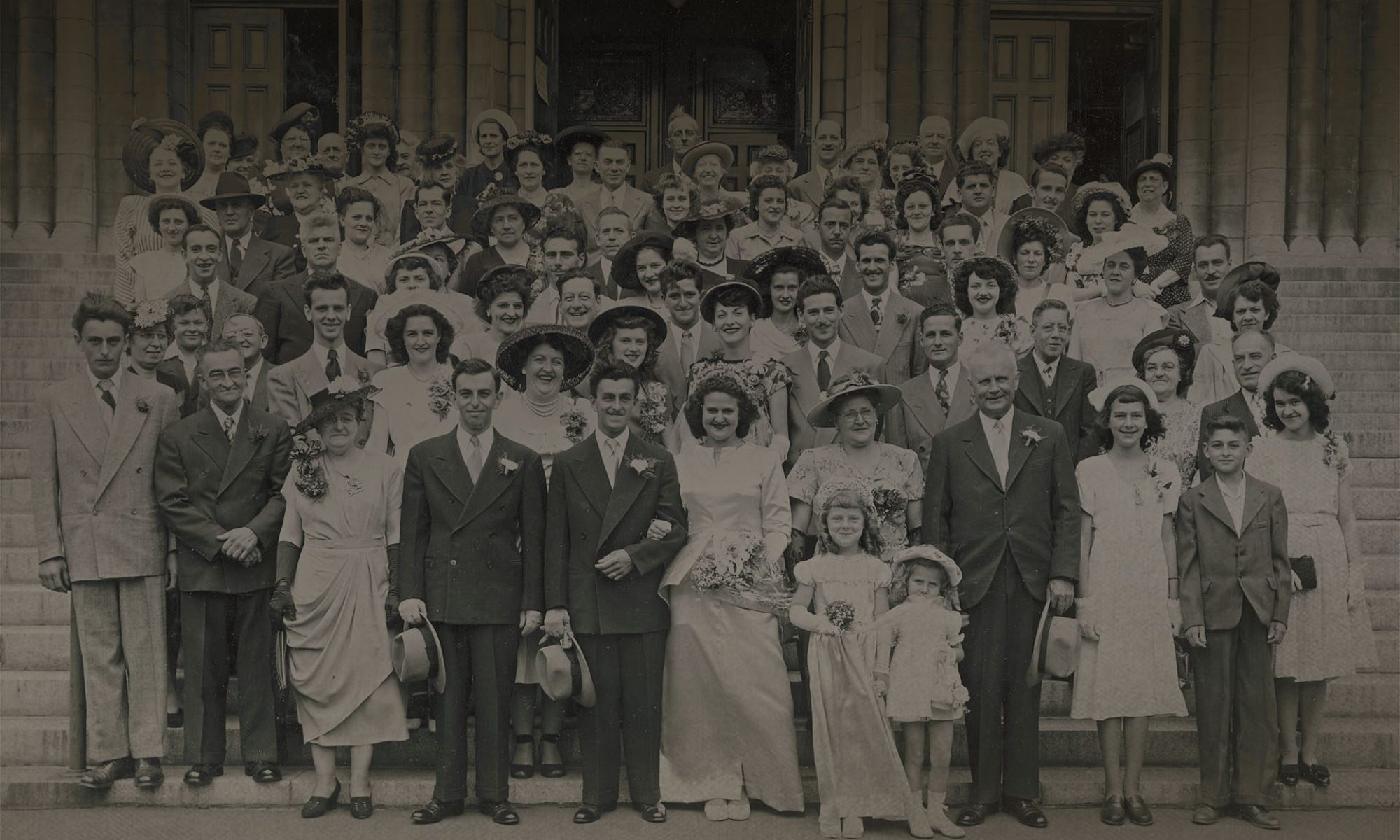
2019 is drawing to a close, and it’s time to review what was a busy year for the Drouin genealogical Institute. Hundreds of thousands of new documents, many blog posts, not to mention a complete redesign of GenealogieQuebec.com and PRDH-IGD.com! Here is a detailed retrospective of the year.
Please note that you can consult the details of these numerous updates in this section of the Drouin Institute blog.
The LAFRANCE
2019 began in force, as we completed the addition of ALL of Quebec’s Catholic baptisms and burials the 1850-1861 period to the LAFRANCE.
This project, which began in 2015, represented the addition of some 652 502 baptism and burial records from 422 different parishes.
At that point, the LAFRANCE contained:
- ALL of Quebec’s Catholic marriages from 1621 to 1917
- ALL of Quebec’s Protestant marriages from 1760 to 1849
- ALL of Quebec’s Catholic baptisms from 1621 to 1861
- ALL of Quebec’s Catholic burials from 1621 to 1861
- 68 401 Quebec Catholic baptisms and burials from between 1862 and 2019
For a total of 3 755 659 parish records from Quebec.
Subsequently, all of Quebec’s Catholic marriages from 1918 were added, over 11 000 records.

Marriage record as presented in GenealogyQuebec’s LAFRANCE tool
But that’s not all!
Some 33 138 records from Catholic parishes in Ontario and Acadia as well as Protestant parishes in Quebec were added to the LAFRANCE in 2019, and this is only just the beginning!
More information on the LAFRANCE
Browse the LAFRANCE (subscription required)
PRDH-IGD.com
The 1741 Montreal census was added to the records and family files available on PRDH-IGD in 2019.
The Obituary section
Some 30 000 memorial cards as well as 15 000 newspaper obituaries were added to the Obituary section in 2019.
In addition, hundreds of thousands of new obituaries are currently being scanned and are set to appear on Genealogy Quebec in 2020. These will join the 3.7 million obituaries, tombstones and memorial cards already available in the Obituary section.
More information on the Obituary section
Browse the Obituary section (subscription required)
The NBMDS tool
Close to 180 000 baptism, marriage and burial files were added to the NBMDS tool in 2019. These records come from the Mauricie region as well as New England and Ontario. The tool now contains more than 1.3 million files.
More information on the NBMDS tool
Use the NBMDS tool (subscription required)
Drouin Collection Records
Here are the new and redigitized images that were added to the Drouin Collection Records in the past year:
- 14 460 parish register images from the State of New York, under the Registres divers folder
- 1000 images from the Consulat général de France à Montréal et Québec, under the Registres divers folder
- New York State registers from the 1890 American census, under the Registres divers folder
- St-André parish (1945-1993), under the Registres paroissiaux du nord-ouest du Nouveau-Brunswick folder
- 30 424 redigitized images in the Drouin Collection Records
The Drouin Collection Records contain some 5,186,434 images of various registers from Quebec, Ontario, Acadia, New Brunswick and the Northeast of the United States.
More information on the Drouin Collection Records
Browse the Drouin Collection Records (subscription required)
BMD Cards
The BMD Cards tool contains close to 2.3 million baptism, marriage and burial files. In 2019, we added around 105,000 cards from Quebec and Ontario to the collection.
More information on the BMD Cards
Browse the BMD Cards (subscription required)
Connolly File
46,444 baptism, marriage and burial files were added to the Connolly File in 2019, bringing the total number of records in the collection to over 6.5 million.
More information on the Connolly File
Browse the Connolly File (subscription required)
Drouin Institute’s Miscellaneous Collections
Some 45 000 images were added to the Drouin Institute’s Miscellaneous Collections in 2019:
- 17 434 images from historical newspapers under the 23 – Journaux anciens folder
- 3 909 images of historical judicial documents under the 27 – Trois-Rivières (Juridiction) folder
- 2 673 images of notarized documents from the Cornwall region in Ontario, under the 26 – Contrats notariés de l’Ontario folder
- 2 000 images from notary Joseph Dionne’s archives, under the 18 – Autres documents folder
- 18 190 images of historical and genealogical significance under the 14 – Fonds d’archives folder
The Drouin Institute’s Miscellaneous Collections contain a mix of images, documents, books, pictures and directories of historical and genealogical significance.
More information on the Drouin Institute’s Miscellaneous Collections
Browse the Drouin Institute’s Miscellaneous Collections (subscription required)
Browse these collections – and many more – by subscribing to Genealogy Quebec today!
Blog de l’Institut Drouin
Une nouvelle collaboratrice s’est jointe à l’équipe Drouin cette année! Marielle Côté-Gendreau, étudiante et passionnée d’histoire et de généalogie, compose des articles de blog vulgarisant des concepts linguistiques, généalogiques ou historiques et participe aux activités de rédaction de l’équipe.
Vous pouvez consulter ses excellent articles sur le blog de l’Institut Drouin :
- Comprendre la variation linguistique dans les noms et prénoms de vos ancêtres
- De Pascal à Noël : L’influence du calendrier sur les prénoms de vos ancêtres
Une nouvelle version du guide d’utilisation de Généalogie Québec a aussi été publiée cette année :
Et voici les autres articles publiés sur le blog de l’Institut Drouin en 2019 :
Pour conclure, l’équipe Drouin aimerait profiter de cette infolettre rétrospective pour vous souhaiter santé, bonheur et trouvailles généalogiques pour l’année 2020!
L’équipe Drouin
































































